TENNIS COURTS AND SURFACES
How do different court surfaces affect the game?
here are three main types of tennis court surfaces: clay, grass and hard courts. Each one plays differently. Some feel fast. Others give you more time. That’s because the surface changes how the ball bounces, how quickly it travels and how your body moves. Knowing what to expect helps you adjust your timing, build confidence and enjoy the game more, especially when you're starting out.
Hard courts

Why hard courts suit beginners and all-round players
Hard courts are the most common surface in Australia, found at clubs, schools and public courts. They offer a balanced playing experience with predictable bounce and moderate pace, making them ideal for beginners learning movement, timing and shot selection.
- Consistent bounce helps players read the ball.
- Medium pace supports both attacking and defensive styles.
- Smooth surface makes movement easier to learn.
- Encourages all-round development across skills.
- Common surface for training and competition.
Hard courts are often the first surface players experience, helping them build confidence and versatility.
Major hard court tournaments
Hard courts host two Grand Slam tournaments: the Australian Open and the US Open. These events showcase speed, power and adaptability across all styles of play.
- Australian Open.
- US Open.
- Indian Wells.
- Miami Open.
These tournaments showcase speed, power and adaptability across all styles of play.
Clay courts

Why clay suits beginners and baseline players
Clay courts are widely used across Australia, especially in regional clubs and development programs. The surface slows the ball and produces a high bounce, giving players more time to react and recover. It encourages longer rallies and rewards consistency, which helps beginners build rhythm and confidence.
- Slower pace supports learning without pressure.
- High bounce gives time to prepare and adjust.
- Sliding movement improves balance and footwork.
- Less punishing errors encourage experimentation.
- Ideal for baseline play and tactical development.
Clay is especially helpful for juniors and new players who thrive on structure, repetition and thoughtful play.
Major clay court tournaments
French Open (Roland Garros) is the only Grand Slam played on clay. Known for its physical demands and dramatic rallies, it highlights the endurance and tactical depth clay courts require.
- French Open (Roland Garros).
- Madrid Open.
- Rome Masters.
These tournaments highlight stamina, spin and strategic depth.
Grass courts

Why grass suits confident movers and attacking players
Grass courts are less common in Australia but remain a key part of tennis tradition, especially at heritage clubs and major events. The surface is fast and low-bouncing, rewarding quick reactions and aggressive play. While it can be challenging for beginners, it helps confident movers sharpen their timing and net skills.
- Fast pace encourages attacking styles.
- Low bounce demands quick footwork and early preparation.
- Rewards serve-volley and forward movement.
- Less forgiving, but builds anticipation and precision.
- Great for developing net play and reaction speed.
Grass can be exciting for players ready to test their agility and decision-making under pressure.
Major grass court tournaments
Wimbledon is the only Grand Slam held on grass. Its fast pace and low bounce favour bold shot-making and quick reactions, making it a showcase for attacking styles.
- Wimbledon.
- Queen’s Club Championships.
- Halle Open.
These tournaments celebrate tradition, speed and bold shot-making.
Compare court surfaces for beginners
Each surface plays differently. This quick guide shows how bounce, pace and movement affect your learning experience.
| Surface type | How it plays | Best for beginners? |
|---|---|---|
| Hard court | Medium bounce and pace. Quick footwork. Builds timing and control. Used at Australian Open and US Open. | Yes. Predictable and widely available. Great for learning core skills. |
| Clay court | High bounce and slower pace. Encourages spin, rallies and strategy. Used at Roland Garros. | Yes. Gives more time to react and learn placement and tactics. |
| Grass court | Low bounce and fast pace. Demands quick reactions and net play. Used at Wimbledon. | Less ideal. Better once you’ve built confidence and movement skills. |
Where to play tennis
Most beginners start on hard courts. They are easy to access and offer a consistent experience. Some clubs also offer synthetic clay or grass. These mimic traditional surfaces with less upkeep. If you want to try something new, ask your coach or club. They can help you find the right surface for your level.
Modified and accessible court formats
Not all tennis courts are full-size or traditional surfaces. Many clubs offer modified formats to support learning and accessibility. These include mini courts for kids, synthetic surfaces with lower impact and wheelchair-accessible layouts. If you’re starting out or have specific needs, ask your coach or club, they’ll help you find the right fit.
Summary for beginners
Now that you’ve explored how court surfaces shape the game, you’re better equipped to step onto the court with confidence. Hard courts are where most players begin, easy to access and great for building core skills. Clay gives you more time to react and learn through longer rallies. Grass is fast and exciting, best explored once you’ve built up your movement and timing.
Each surface offers something different. Whether you're rallying for the first time or just curious about how the pros adapt, understanding bounce, speed and movement helps you enjoy the game more, right from the start.


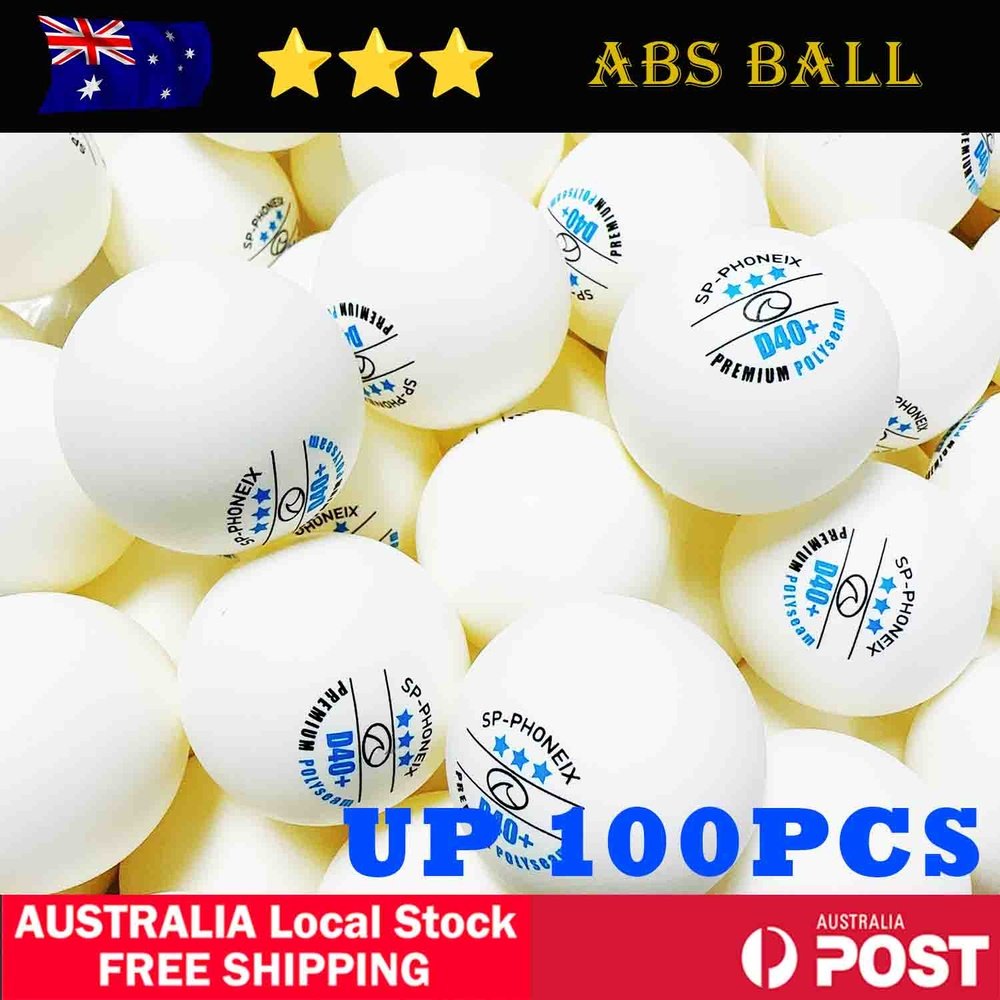
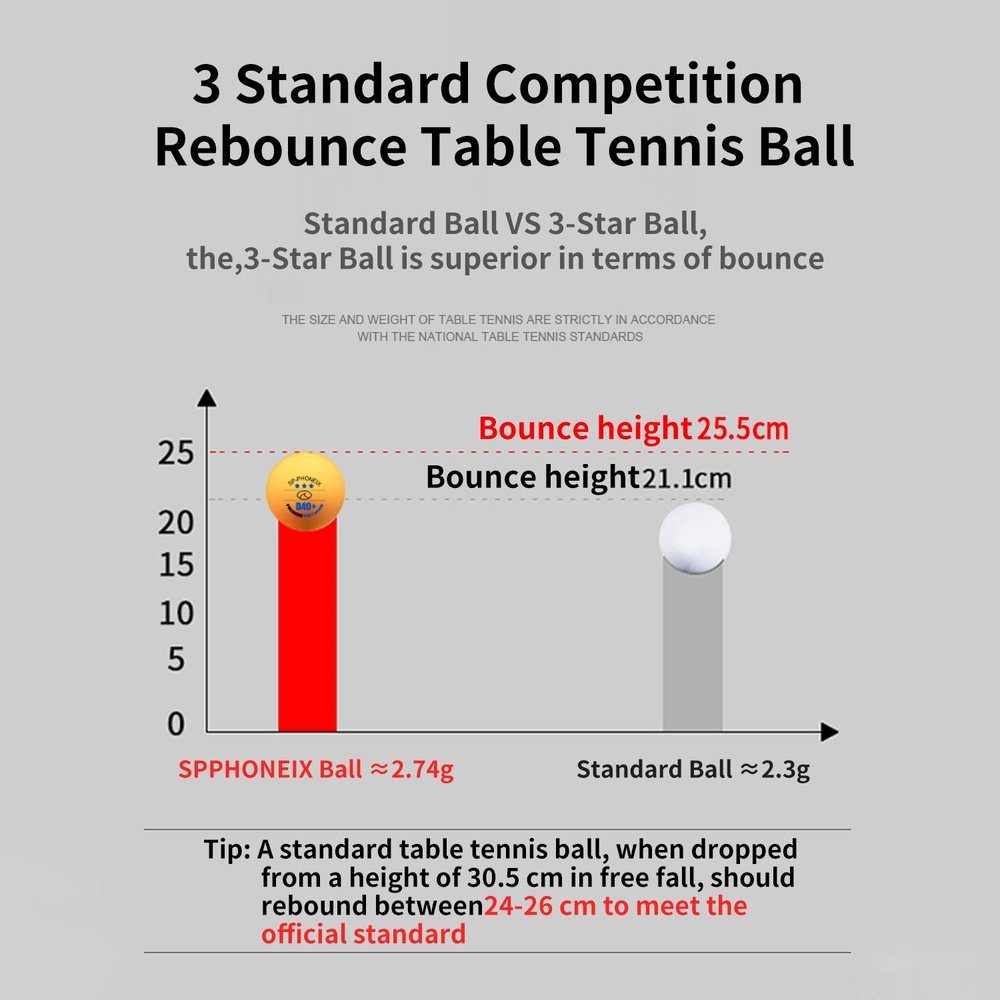
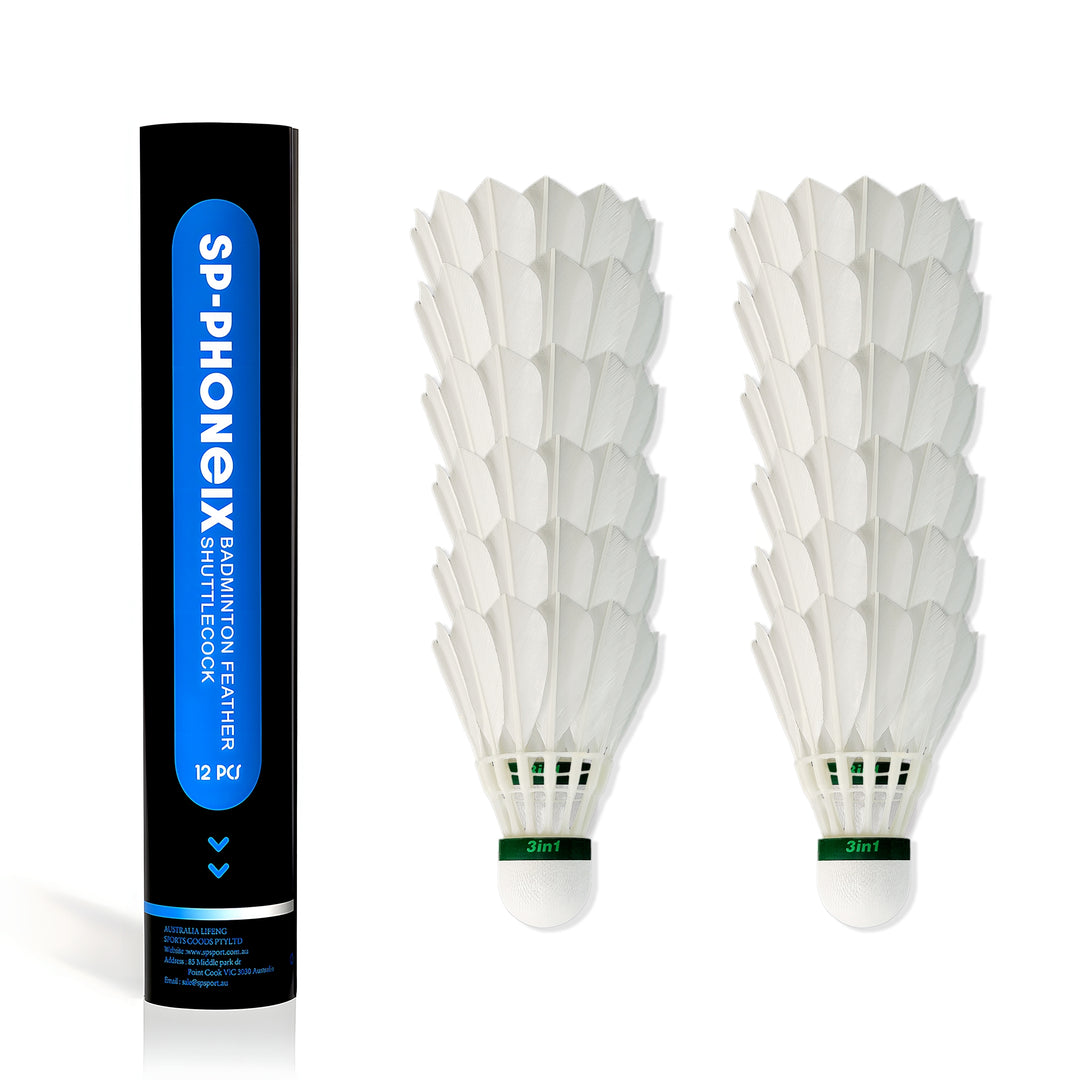
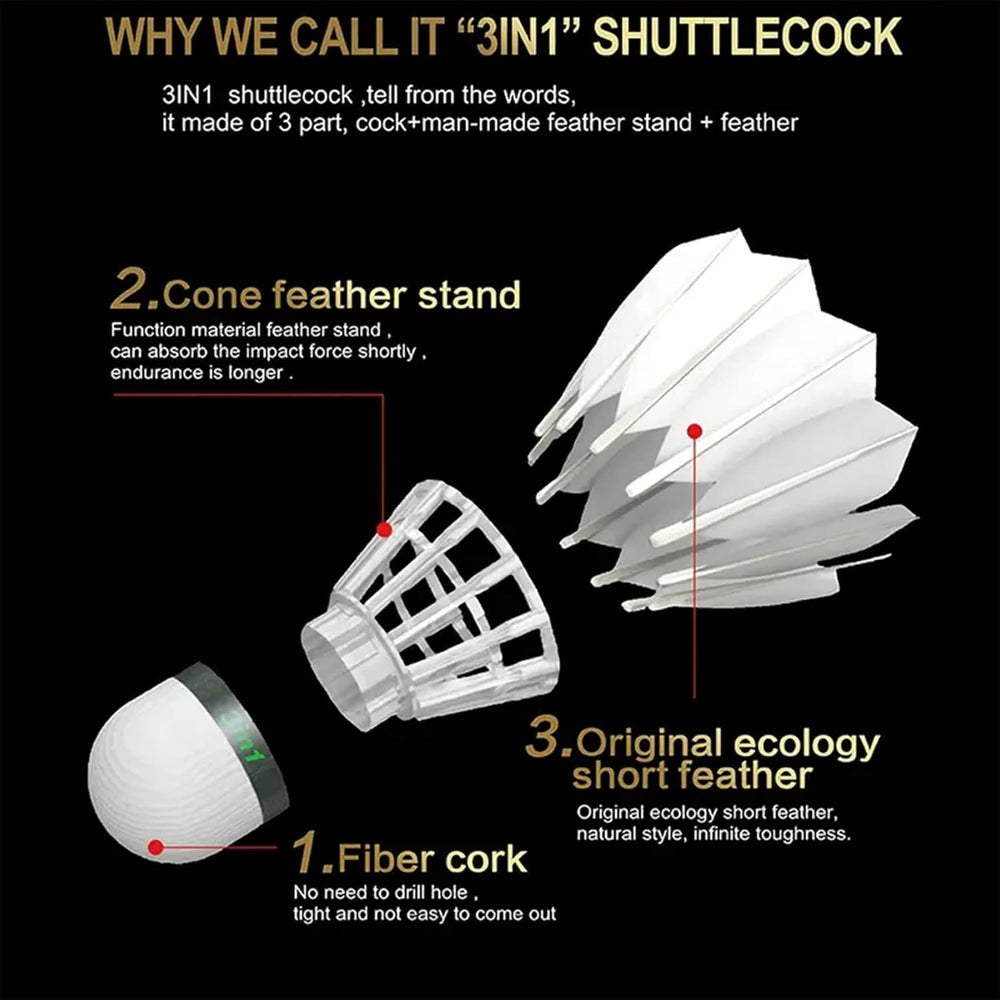
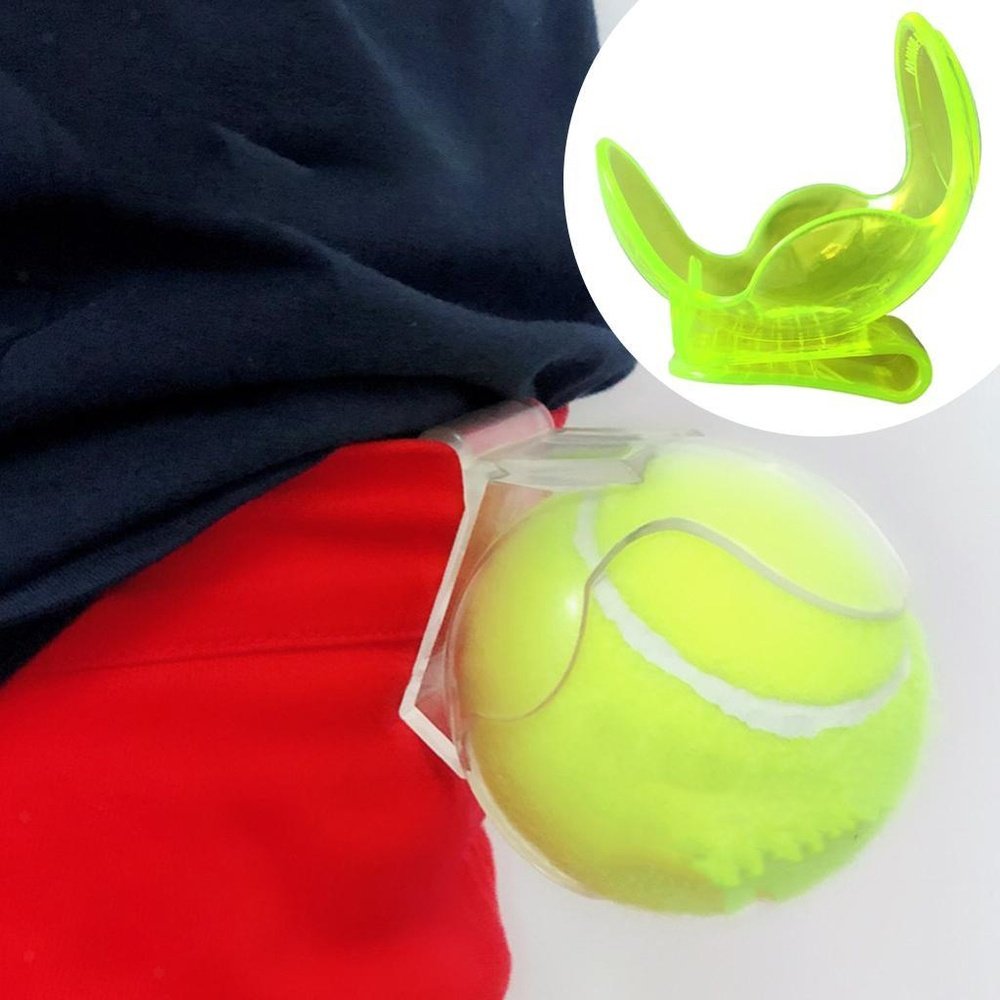
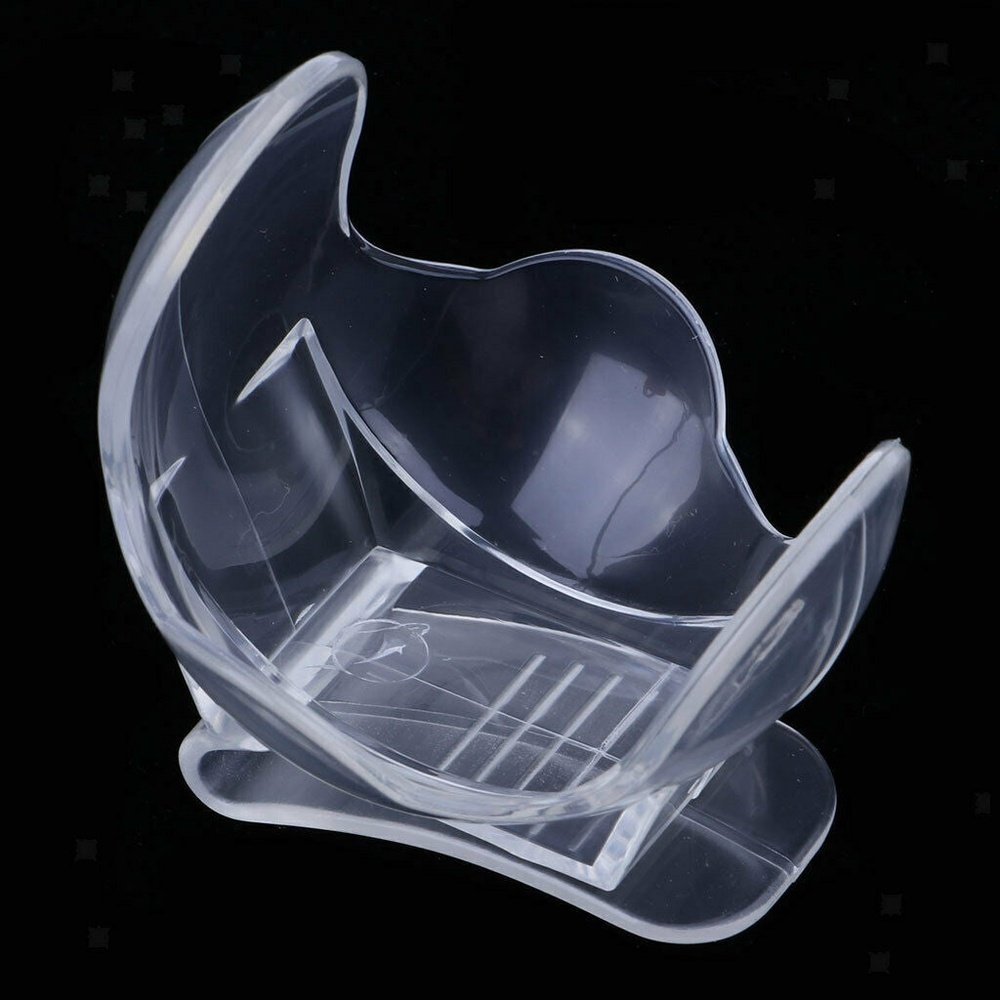
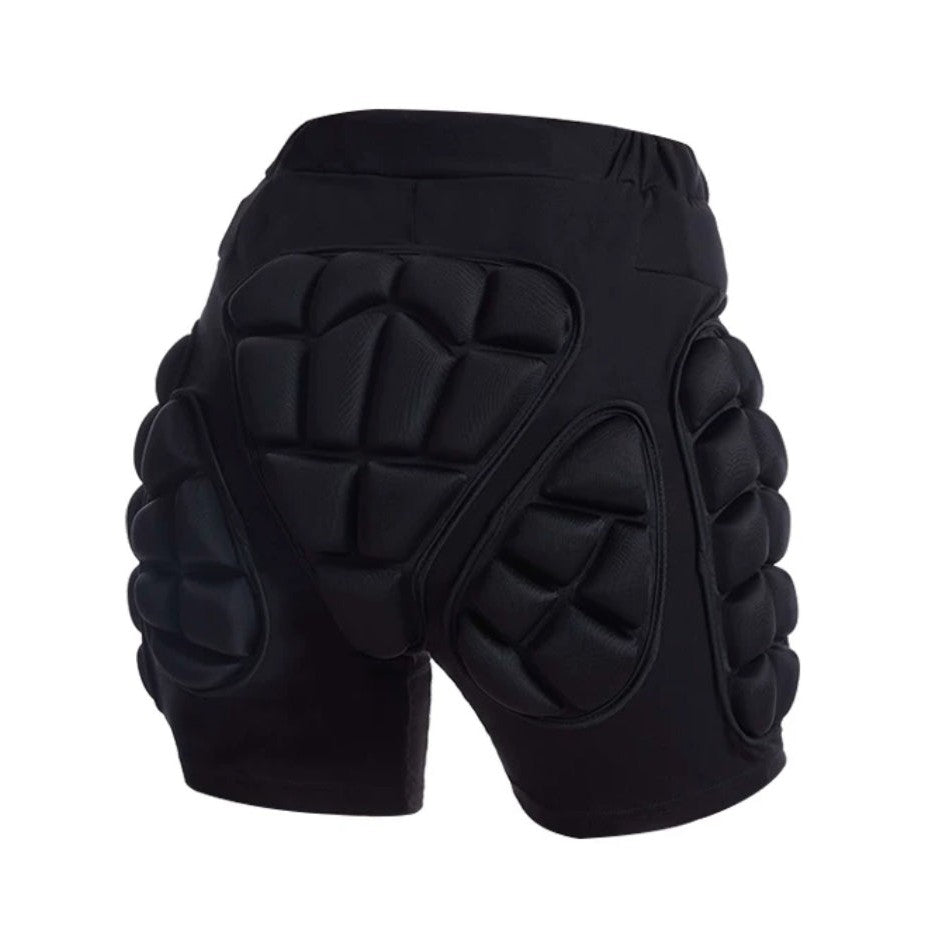
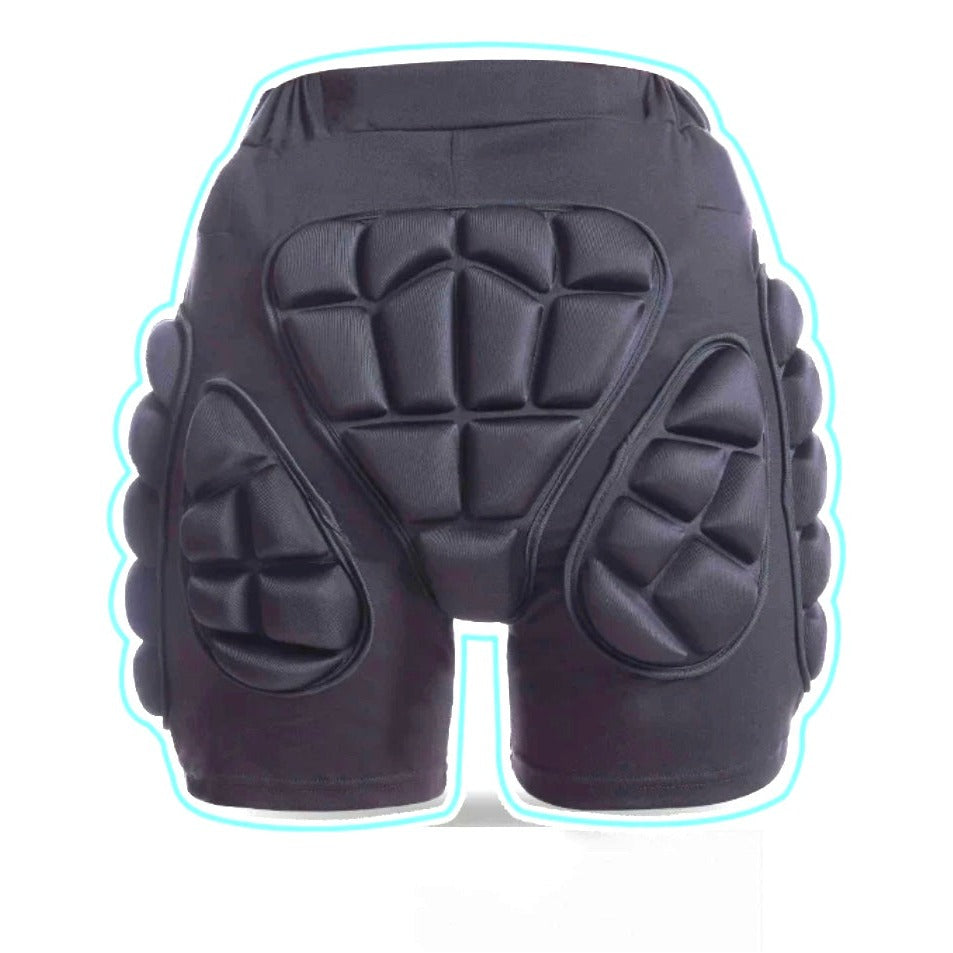
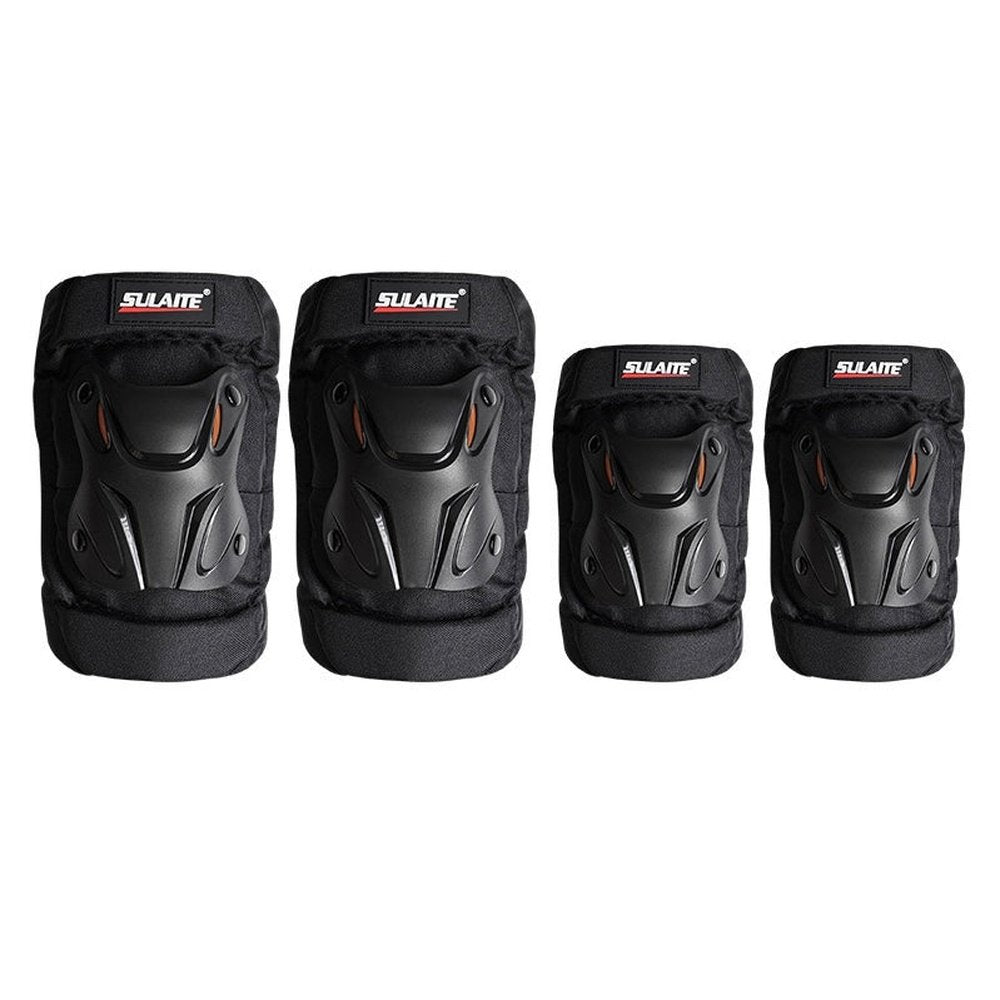
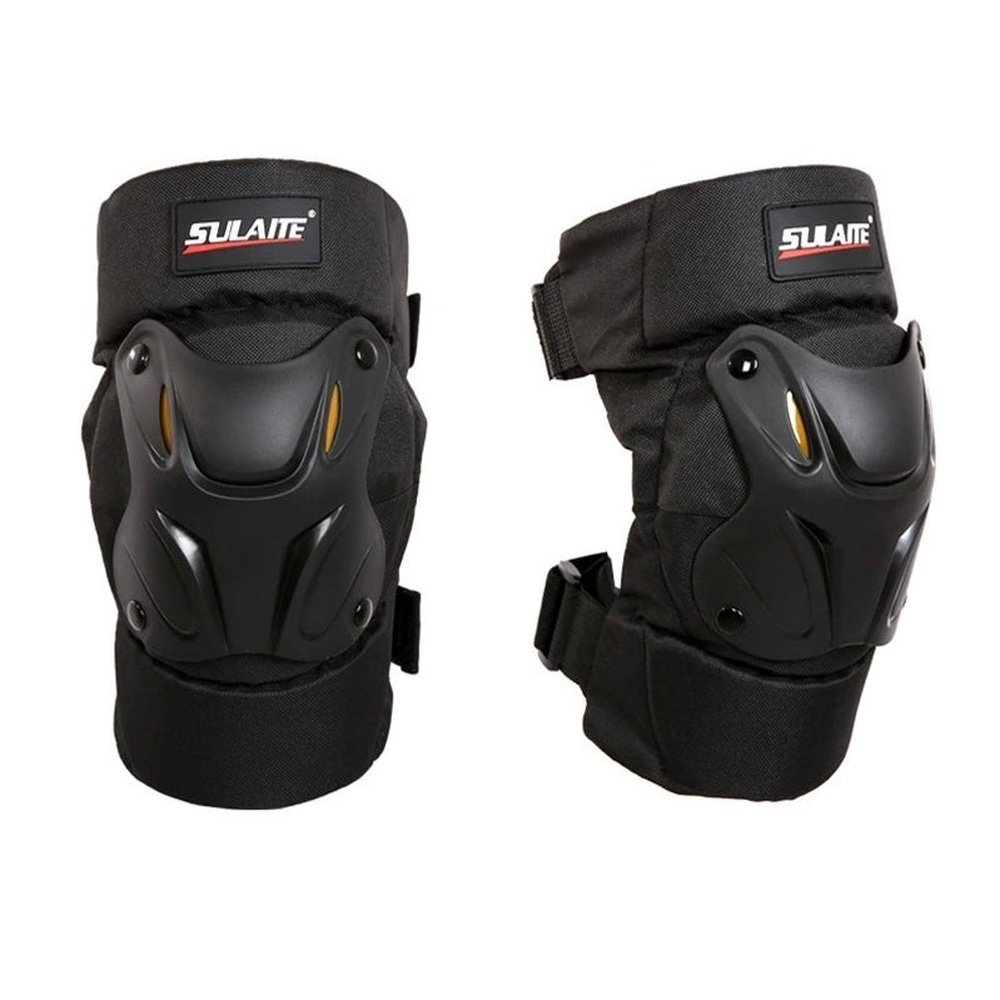
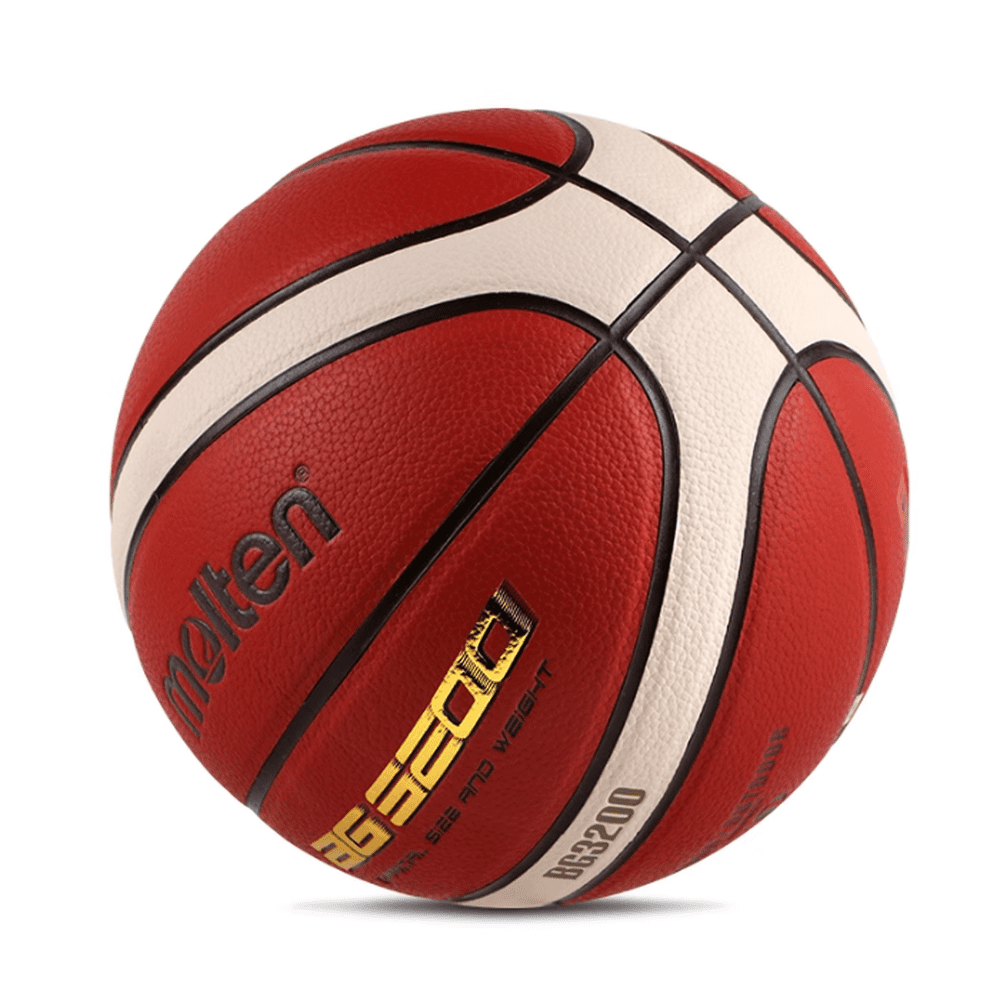
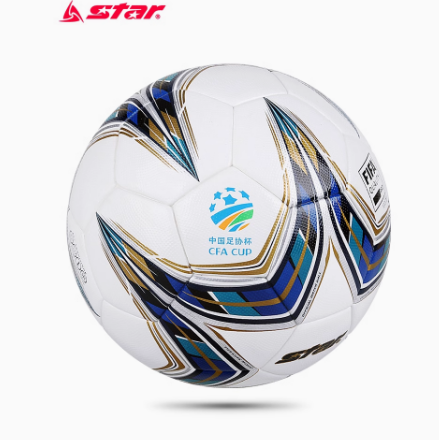
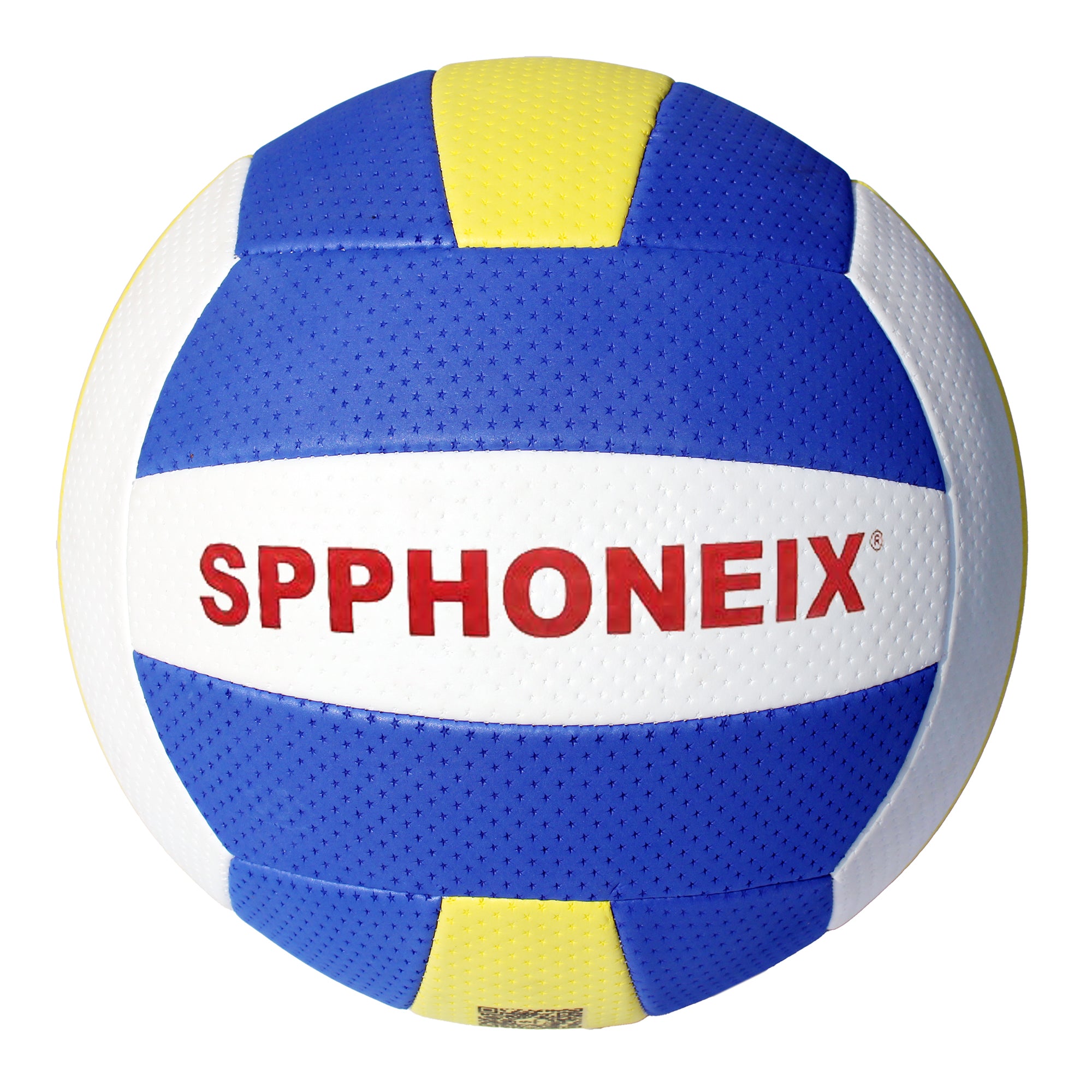
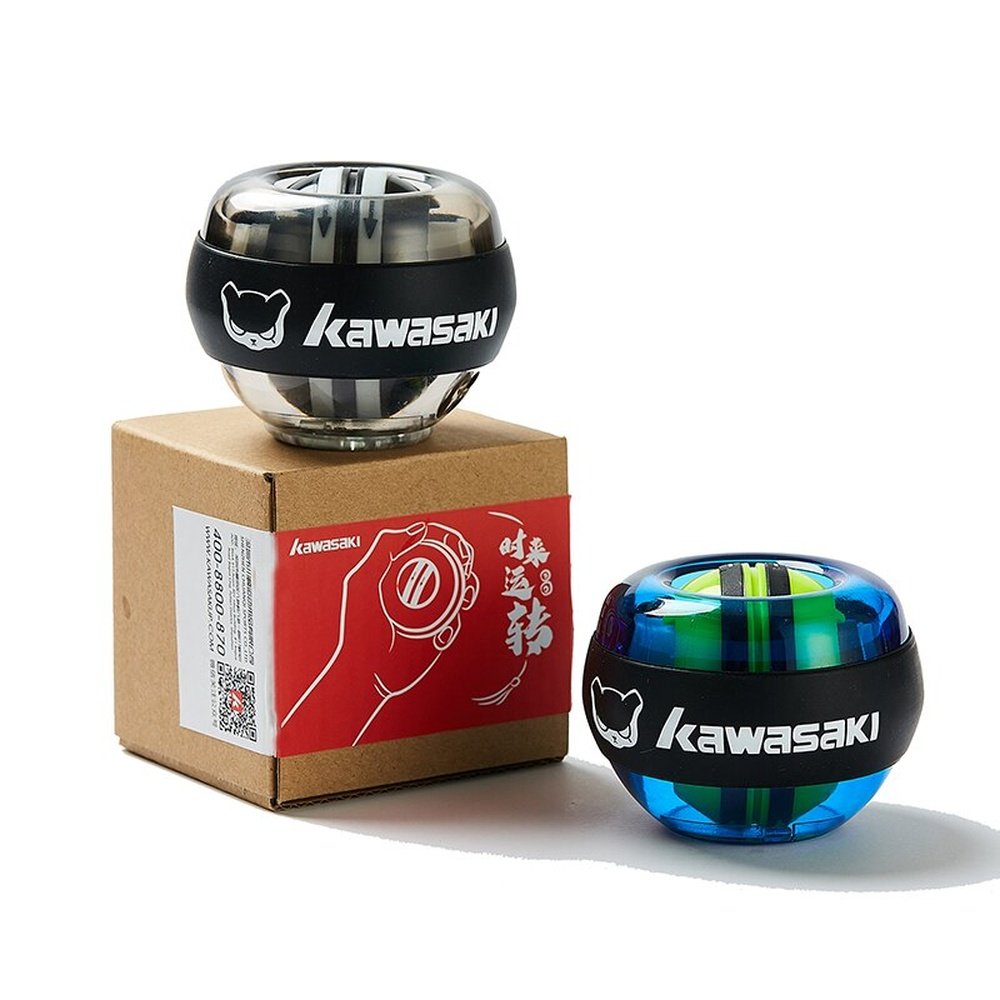
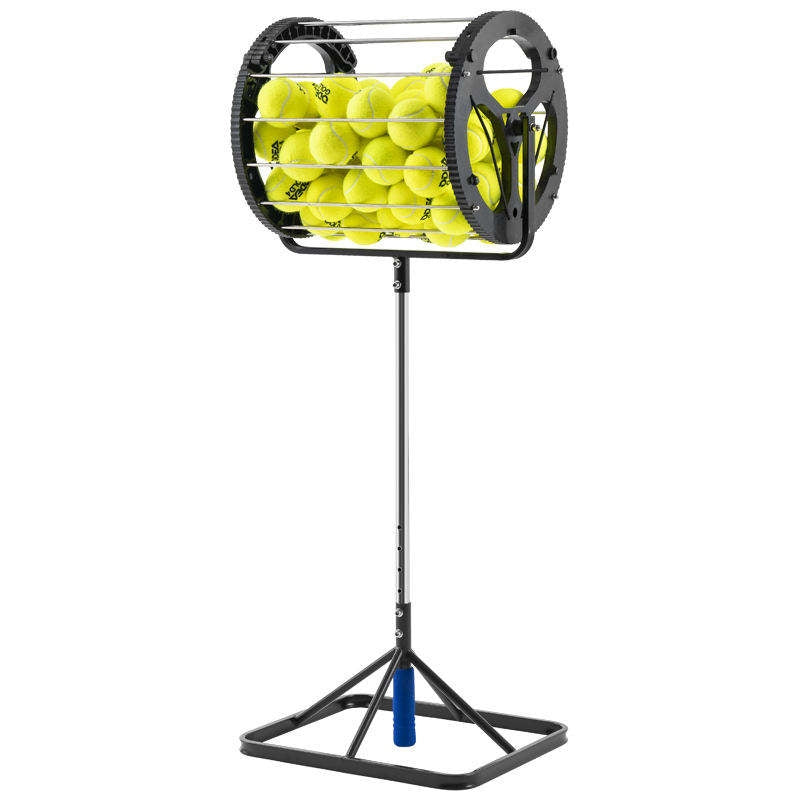
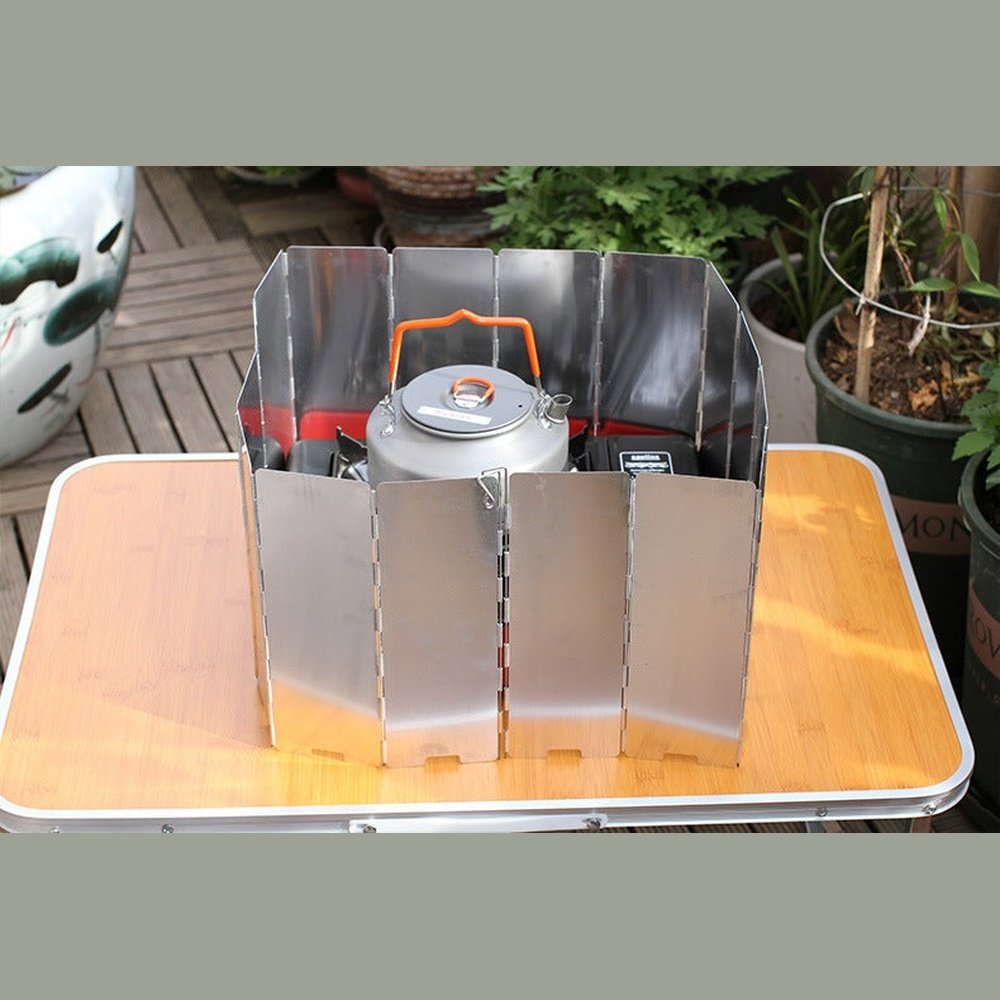
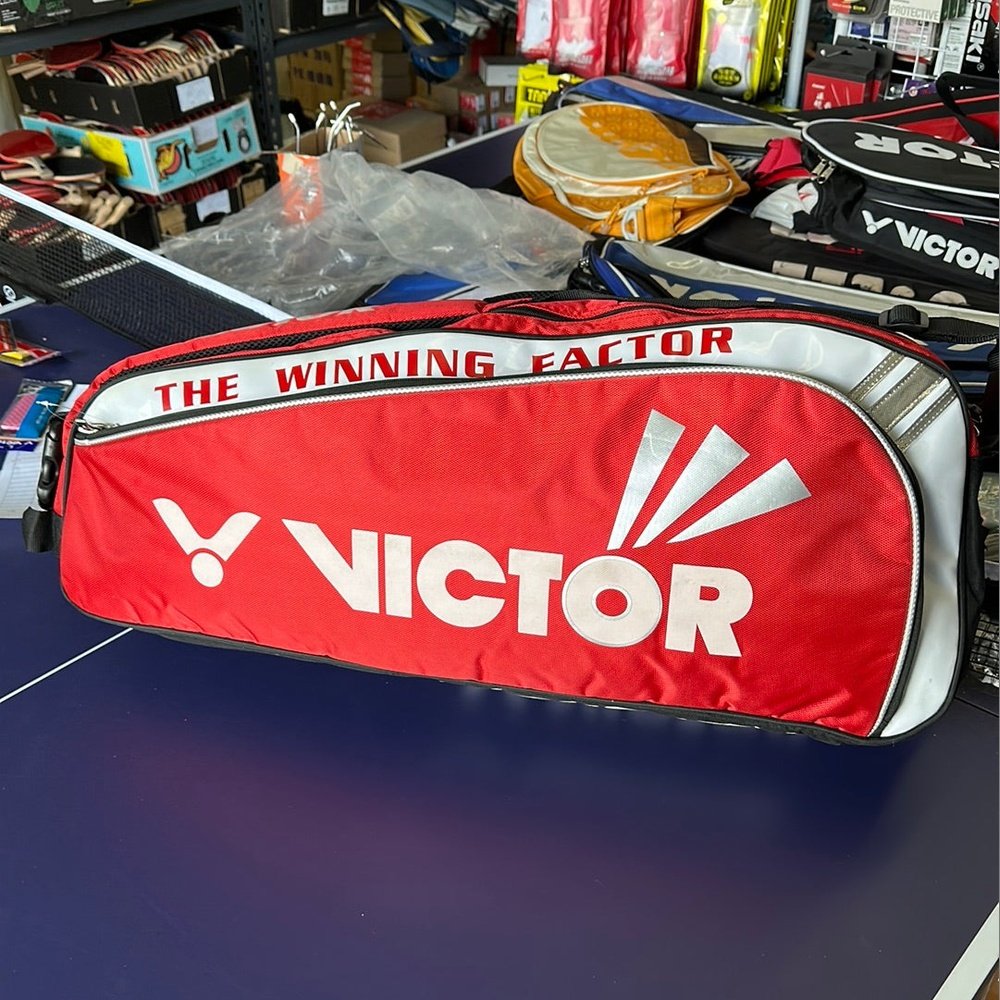
Leave a comment